Antimicrobial Rotomoulding Powder
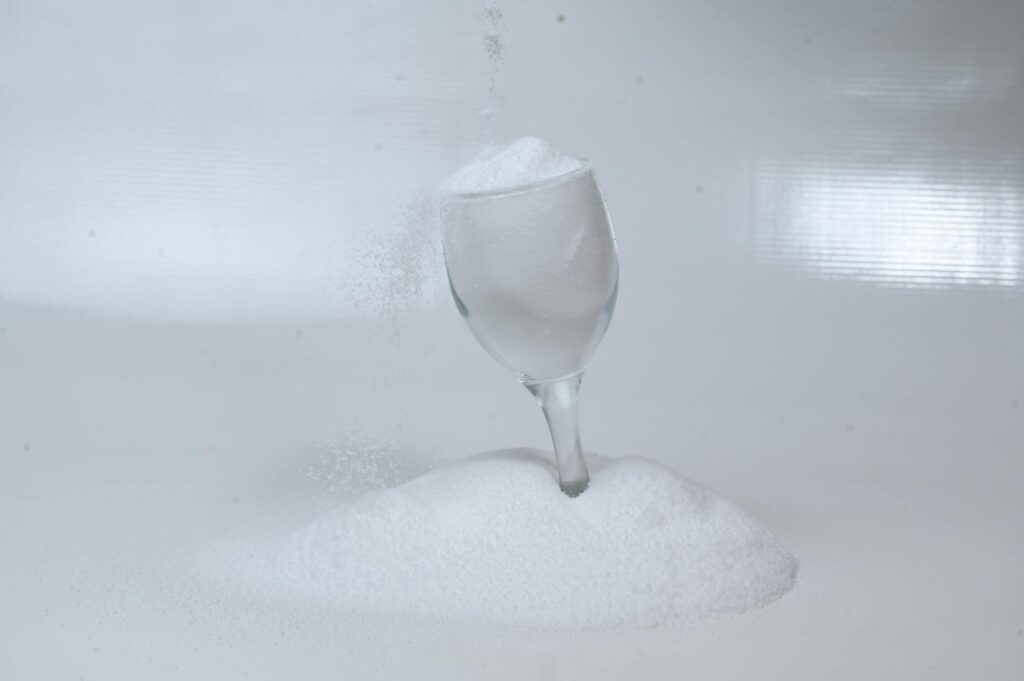
Anti-Microbial is a linear-low density polyethylene (LLDPE) Rotomoulding Powder designed for rotational moulding internal surface applications. It is a color compound that contains Nano silver ions and has antibacterial and antifungal properties.
The need of the day is to provide users with developed powders for rotational molding.
At Rototech Industries, We have developed unique roto compounds that prevent the growth of bacteria on the surface of the products. Additionally, the Antimicrobial LLDPE Roto Moulding Powder reduces order and stain while improving the hygiene factor of the property.
Antimicrobial Rotomoulding Powder
| Technical Specifications | |
| Packaging Size | 20 Kgs |
| Packaging Type | Bags |
| Physical State | Color Compound Powder |
| Brand | rototech |
| Colour Availability | BlueTone, White |
| Applications | Hygienic components, internal layers of plastic water storage tanks, Medical |
| Grade Standard | Technical Grade |
| Usage | Commercial, Agricultural |
| Density | 0.938 gm/cm3 (ASTM D 1505) |
| Melt Flow Rate (MFR) | 4 gm/10 min (ASTM D 1238 @ 190 C, 2.16 kg) |
| Tensile Strength Yield | 20 (Mpa) 2900 psi / ASTM D 638 @ Speed 50 mm / min |
| Tensile Strength at Break | 18 (Mpa) 2600 psi / ASTM D 638 @ Speed 50 mm / min |
| Storage | Bags should be stored in dry/closed conditions at temperature below 50 oC |
| Price | 100 Rupees to 180 Rupees Per Kilogram |
| Minimum Order Quantity | 500 KGs |
| Sample | Paid |
| *Note: This is the Standard Technical Specification, It May Change based on End Product Applications & Custom Requirements | |
| The given values are typical values measured on the product, Values here in are not to be constructed as a product specification | |
| Depending on customer use and water condition, rototech can not guarantee the lifetime of the antimicrobial function and does not guarantee to treat water or preserve foods. It is intended to keep slime from growing on the inner surface | |
Why You Need Antimicrobial Product?

An Antimicrobial product developed with polymers ensures the upkeep of the product's hygiene, benefits the user, and warrants the overall well-being and health of the product's user.
An Antimicrobial product will ensure that all these snags can be avoided.

Often, the polymers are developed using a wide range of additives that retain moisture, giving rise to microbial infestation, which leads to the product's degeneration, discoloration, presence of algae causing green molds, the increase of unhealthy bacteria, malodor, and a destructive biofilm.
How does Antimicrobial Powder work?
- The unique silver ions that we use in the product with the silicone carrier are distributed uniformly across the polymer.
- The silver ions create a surface within the polymer that is efficient in impeding the build-up of microbes and bacteria, making the material antimicrobial.
- These ions do not deplete when the inhibition process takes place, which allows the antimicrobial effect to stay in place.
- These products are non-hazardous and are safe for the environment.
Characteristics:
- Compound in powder form that is ready to use for rotational moulding.
- Excellent antibacterial efficacy as well as resistance to algae development.
- Safe: Because it is non-migrating, it is safe for food packaging.
- Low silver loading is sustainable.
- Silver ion emission is slow and modest.
- Silicone silica matrix binds to polymers.
- Substances that is not dangerous
- Silver does not migrate from plastic, making it environmentally friendly.
- Because silver is inorganic, it does not degrade or release toxic substances into the environment during processing or use.
- Easy To Melt
Processing Instructions:
- Molding cycles are determined by the materials used in the mold, as well as the thickness of the mold’s walls, oven temperature, and shot size.
- Temperatures in the oven should be set between 250 and 300 degrees Celsius. The ideal PIAT for Anti-Microbial product is around 215 °C, but this varies depending on the color these powders should be added at the end of a heating cycle, after a PE skin layer has completely melted.
Important Points:
- Flaming the surfaces of molded parts with an open torch is not suggested due to the risk of thermal deterioration and early failure.
- Compounding or dry blending of fillers or recycled materials into resins is not suggested due to the danger of compromising impact strength.
- Because of the possibility of lesser impact strength, dry blending pigments exceeding 0.3 percent into natural powder should be avoided.
- Depending on the final applications, additional antioxidants, internal lubricants, or UV stabilizers should be incorporated into the virgin resins during the compounding process.
- It is not advised for items with a diameter of more than 5 mm or a temperature of more than 30 degrees Fahrenheit.
- It is not suggested for products that are exposed to direct sunlight.
- We cannot guarantee the antibacterial function’s longevity based on customer usage and water quality.
Available Colors

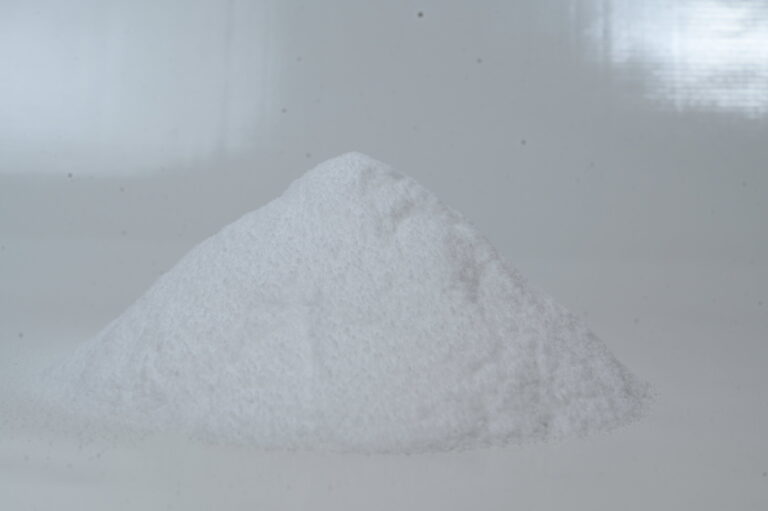
Applications:

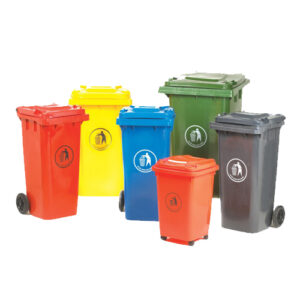
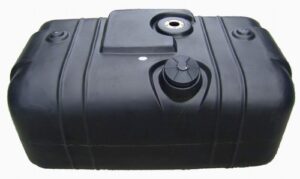


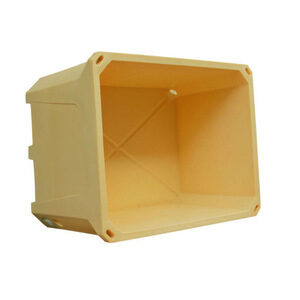

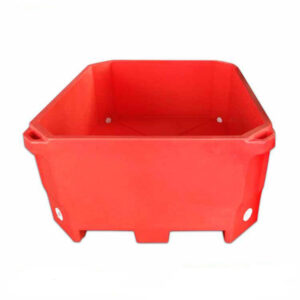
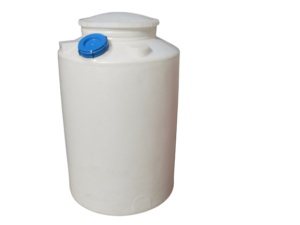
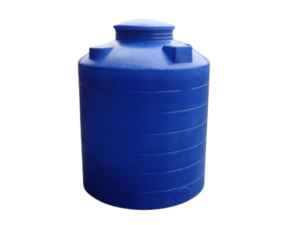
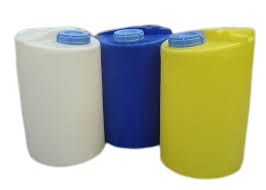
Feel free to contact us to get a quotation for the antimicrobial roto-molding powder today. You can also request for sample.
FAQs
What is Antimicrobial Rotomoulding Powder?
Antimicrobial Rotomoulding Powder is a specially formulated polyethylene (PE) powder that contains antimicrobial additives to inhibit the growth of bacteria, fungi, mold, and algae on the surface of molded products. It is commonly used in medical, food storage, and hygiene-sensitive applications.
How does antimicrobial technology work in rotomoulding powder?
The antimicrobial agents in the powder disrupt the growth of microorganisms by:
Silver Ion Technology (Ag⁺) – Silver ions interact with microbial DNA and proteins, preventing reproduction.
Zinc Pyrithione (ZnPT) – Disrupts cell membrane integrity, stopping bacterial growth.
Copper-Based Additives (Cu²⁺) – Destroys bacterial metabolism and replication.
Organic Biocides – Prevent mold and fungi formation.
What are the key technical properties of Antimicrobial Rotomoulding Powder?
| Property | Typical Value | Standard |
| Base Polymer | LLDPE (Linear Low-Density Polyethylene) | – |
| Density | 0.930 – 0.945 g/cm³ | ASTM D792 |
| Melt Flow Index (MFI) | 3-7 g/10 min (190°C, 2.16 kg) | ASTM D1238 |
| UV Stabilizers | HALS (Hindered Amine Light Stabilizers) | – |
| Antimicrobial Additive | Silver ion, Zinc-based, or Organic | – |
| Color Variants | White, Blue, Custom | – |
What types of microorganisms does it protect against?
Bacteria – Staphylococcus aureus, Escherichia coli (E. coli), Salmonella
Mold & Fungi – Aspergillus niger, Penicillium
Algae – Prevents biofilm formation in wet environments
What are the key advantages of using Antimicrobial Rotomoulding Powder?
Prevents microbial growth on plastic surfaces.
Improves hygiene and sanitation for food and medical applications.
Extends product lifespan by reducing biofilm and odor formation.
Reduces cleaning frequency due to self-sanitizing properties.
Safe and non-toxic, compliant with global health standards.
How long does the antimicrobial effect last?
The antimicrobial protection lasts for the lifetime of the product as the additives are embedded within the polymer matrix.
Unlike surface coatings, it does not wear off over time.
What are the recommended processing conditions for this powder?
| Parameter | Recommended Range |
| Oven Temperature | 180-230°C |
| Dwell Time | Depends on part thickness |
| Cooling Rate | Controlled to prevent warping |
Can it be used for food contact applications?
Yes, food-grade antimicrobial rotomoulding powders are available that comply with:
FDA (Food and Drug Administration, USA)
EFSA (European Food Safety Authority)
BIS (Bureau of Indian Standards)
What are common applications of Antimicrobial Rotomoulding Powder?
Food & Water Storage – Containers, water tanks, cutting boards.
Medical Equipment – Hospital trays, patient beds, sanitizer dispensers.
Public Hygiene Products – Toilet seats, waste bins, handrails.
Aquaculture & Marine – Fish tanks, water filters, pond liners.
Does it affect the mechanical properties of the final product?
Minimal impact on tensile strength and flexibility.
Slightly increases density due to antimicrobial additives.
Enhances UV resistance if combined with HALS (Hindered Amine Light Stabilizers).
Is Antimicrobial Rotomoulding Powder effective in humid environments?
Yes! High-humidity areas promote microbial growth, and this powder prevents:
Mold growth on surfaces
Bacterial biofilm formation
Odor-causing bacteria buildup
How does it compare to standard rotomoulding powder?
| Feature | Antimicrobial Powder | Standard Powder |
| Hygiene Protection | ✅ Yes | ❌ No |
| UV Resistance | ✅ Moderate | ✅ High |
| Mechanical Strength | 🔹 Slightly Lower | 🔹 Standard |
| Cost | 💲 Higher | 💲 Lower |
What are the safety certifications for this powder?
RoHS (Restriction of Hazardous Substances) – Ensures it is free from toxic metals.
REACH (Registration, Evaluation, Authorization of Chemicals) – Ensures compliance with European safety standards.
ISO 22196 – Measures antimicrobial activity on plastic surfaces.
Does the antimicrobial additive leach out over time?
No, antimicrobial agents are permanently embedded in the polymer and do not leach out or degrade over time.
Can it be mixed with other colors and additives?
Yes, but:
Dark colors may slightly reduce antimicrobial effectiveness.
UV stabilizers and impact modifiers can be added without affecting performance.
Is it environmentally friendly?
Yes! It is:
Recyclable with standard polyethylene (PE).
Non-toxic and safe for human contact.
Does not contain harmful chemicals like Triclosan.
How does it improve the durability of rotomoulded products?
Prevents microbial-induced degradation of plastics.
Reduces surface staining and discoloration.
Enhances UV resistance when combined with stabilizers.
Can it be used in outdoor applications?
Yes! Antimicrobial Powder can be combined with:
UV stabilizers (HALS) – For outdoor durability.
Water-repellent coatings – To prevent biofilm formation in wet areas.
What are the storage recommendations for this powder?
Store in a cool, dry place, away from moisture.
Use airtight containers to maintain powder quality.
Avoid contamination with non-antimicrobial powders.
How does antimicrobial protection benefit industries?
Food & Beverage – Prevents cross-contamination.
Healthcare & Hospitality – Reduces hospital-acquired infections (HAIs).
Public Transportation – Provides hygienic surfaces in high-touch areas.
Industrial & Waste Management – Controls odor and bacterial growth.